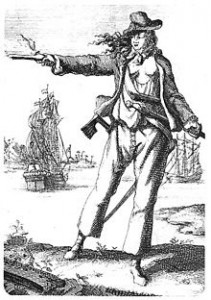By Riley Dankovich (Guest Contributor)
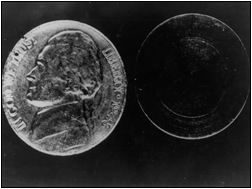
FBI (2008). The hollow nickel handed to the Brooklyn paperboy
In the wake of World War II, when cryptography had largely become mechanized, no one expected one of the most difficult-to-crack ciphers to be one created using pencil and paper.
In the summer of 1953, a young boy in Brooklyn received payment for a newspaper sale — unlike ordinary payment, one of the nickels was hollow. Something about the nickel seemed strange to the boy; he threw it to the ground, where it promptly split open. Inside was a piece of microfilm with 10 columns of numbers. Within days, word had reached a detective about the hollow nickel, which was quickly turned over to the FBI. The nickel, it turns out, was given to the paperboy by the wife of a Russian spy.
For four years, the FBI struggled with this cipher. They referred to the case as the “Hollow Nickel Case” (Rudolph), as they knew next to nothing else about the cipher text on the piece of microfilm, and had no further cipher text. Fortunately for the FBI, in 1957, a man approached them, declaring that he was a Russian intelligence officer, and wanted to defect. This man was Reino Häyhänen, codenamed “VICTOR,” from which the VIC Cipher, as this cipher came to be called, derives its name. After nearly four years without making much progress, Häyhänen’s defection was the FBI’s lucky break.
Likely the most complex pen and paper cipher ever created, the technical name for the VIC Cipher would be “a ‘straddling bipartite monoalphabetic substitution superenciphered by modified double transposition’” (Kahn). Most hand ciphers are either substitution ciphers, in which the letters are substituted for either other letters or numbers, or transposition ciphers, in which the order of the letters is scrambled. As cryptography became more advanced, cryptographers began to combine the two. The VIC Cipher contains not only a substitution and two transpositions, but also is passed through a straddling checkerboard to obtain the substitution, and then split in half (bipartite). Though this all seems incredibly complicated, the agent enciphering the text needed only to remember four simple key words or phrases, making messages much simpler to encipher for the Russians than to decipher for foreign intelligence.
The Straddling Checkerboard
A straddling checkerboard is a manner in which to obtain a more complex substitution, one that is therefore more difficult to decipher. It needs a keyword, which, in the case of the VIC Cipher, was СНЕГОПА, or “snowfall” in Russian. The numbers 0-9 are scrambled and placed above a ten-column-by-four-row grid.
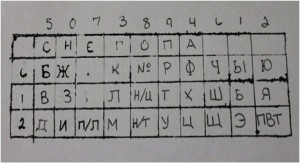
Riley Dankovich (2014). Straddling checkerboard using the keyword СНЕГОПА (“snowfall”)
Under the numbers, the keyword (СНЕГОПА) is placed in the first row, leaving the last three columns blank. In the next three rows, the rest of the Russian alphabet follows, including a “.” and a “,” as well as the symbols Н/Ц, П/Л, Н/Т, and ПВТ, each of which have a meaning helpful to decipherment. The three numbers above the blanks left by the keyword are placed at the beginning of the second, third, and fourth rows. The letters in the first row, the keyword, will be enciphered as the numbers at the top of their subsequent columns. Any letter in the other rows, however, will be enciphered as two numbers: first, the number at the beginning of its row, and then the number at the top of its column. The word СПОСИБО (“thank you”) would be enciphered as 5 9 8 5 8 20 65 8. Before the plaintext is run through the straddling checkerboard, it is bisected. As a bisected cipher, the plaintext is cut into two parts in some random place, and the first half is attached to the end of the last half. The symbol H/T is placed before the true beginning of the cipher.
Next Comes Transposition Tables
After being run through the straddling checkerboard, what is now the cipher text is run through two transposition tables. This cipher uses three pieces of information (the first twenty letters of a popular Russian song, the date of Allied victory over Japan, and Häyhänen’s personal identification number) to generate a string of seemingly random numbers. These numbers determine the number of columns and rows in the tables, and several other minor factors. The cipher manipulates these three pieces of information, which have all been converted to numbers, using arithmetic modulo 10 and chain arithmetic. In modulo 10 arithmetic, once two numbers are added, the digit in the tens place is dropped. In chain arithmetic, numbers in a series are added continually until a desired series length is reached.

Riley Dankovich (2014). Beginning of Transposition Table 2, with disruption areas outlined
If the original series is, for example, 4, 9, 5, 3 7, the first two digits, 4 and 9, are added together (dropping the tens digit) to get 3, which is then added to the end of the series. Then the second and third digits, 9 and 5, are added to get 4, to get a series of 4, 9, 5, 3, 7, 3, 4, … until the desired series length (one of the factors determined by the seemingly random numbers) is reached. The numbers obtained from the straddling checkerboard are arranged in the first transposition table and then taken out in a different order and put into the second table. The numbers are taken in order from this table to form the final ciphertext.
Transposition ciphers, even without added manipulations, are difficult to decipher, though less so with the use of a strong computer. Because a transposition cipher simply rearranges the letters, the number of possible plaintexts can be determined easily, though the correct one is difficult to determine. If a cipher text has only 10 letters, it will have 10! (10 x 9 x 8 x 7 x 6 x 5 x 4 x 3 x 2 x 1) possible arrangements. This amounts to upwards of three million possibilities, and the VIC cipher is a great deal longer than 10 letters.

FBI (2008). The original cipher text of the VIC Cipher on microfilm
The VIC Cipher that Häyhäden explained to the FBI was sent to him from the Soviet Union soon after he arrived in the United States. Far from containing sinister instructions, the beginning of the decoded message read (in Russian): “We congratulate you on a safe arrival. We confirm the receipt of your letter to the address “V repeat V” and the reading of letter number 1” (Rudolph). Knowing the mechanism of this cipher, however, allowed the FBI to arrest, among others, Colonel Rudolf Ivanovich Abel, a Russian spy. He was sentenced to prison on three counts of conspiracy. As written in the FBI’s article Rudolph Ivanovich Abel (Hollow Nickel Case), “an investigation which had started with a newsboy’s hollow nickel ultimately resulted in the smashing of a Soviet spy ring.”
This cipher, though written with the simplest of utensils, pencil and paper and some arithmetic, stumped the United States’ foremost intelligence bureau for four years. Without the defection of Häyhänen, the world would still probably see the VIC Cipher as only 1035 numbers on microfilm (Kahn).Widely regarded as “the most complex hand-operated cipher ever seen,” the VIC Cipher was, to put it simply, an astronomically impressive feat of cryptographic skill.
This post is part of a series of essays on the history of cryptography produced by students at Vanderbilt University in honor of the release of The Imitation Game, a major motion picture about the life of British codebreaker and mathematician Alan Turing. The students wrote these essays for an assignment in a first-year writing seminar taught by mathematics instructor Derek Bruff. For more information on the cryptography seminar, see the course blog. And for more information on The Imitation Game, which opens in the US on November 28, 2014, see the film’s website.
Sources:
Book cipher, running key cipher, vic cipher and secom cipher. Retrieved October 14, 2014, from http://rageuniversity.com/PRISONESCAPE/COMMUNICATION%20CODES%20AND%20INKS/BOOK%20CIPHER,%20RUNNING%20KEY%20CIPHER,%20VIC%20CIPHER%20AND%20SECOM%20CIPHER.pdf
Clarke, B. (2008, October 13). Hollow nickel spy case. Retrieved October 14, 2014, from http://www.prc68.com/I/NickelSpy.shtml
FBI. (2008). Hollow Nickel [Photograph], Retrieved October 14, 2014, from: http://commons.wikimedia.org/wiki/File:Hollow_Nickel.jpg
FBI. (2008). Hollow Nickel Message [Photograph], Retrieved October 14, 2014, from: http://commons.wikimedia.org/wiki/File:Hollow_Nickel_Message.jpg
Kahn, D. (1993, September 22). Number one from Moscow. Retrieved October 14, 2014, from https://www.cia.gov/library/center-for-the-study-of-intelligence/kent-csi/vol5no4/html/v05i4a09p_0001.htm
Rudolph Ivanovich Abel (hollow nickel case). (n.d.). Retrieved October 14, 2014, from http://www.fbi.gov/about-us/history/famous-cases/hollow-nickel/rudolph-ivanovich-abel-hollow-nickel-case/
 The journal contexts has an excellent article on the long history of exploring the sex lives of sex researchers as a veiled attempt to discredit their work.
The journal contexts has an excellent article on the long history of exploring the sex lives of sex researchers as a veiled attempt to discredit their work.
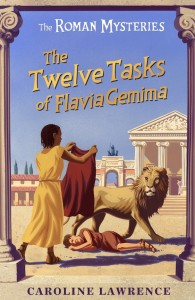

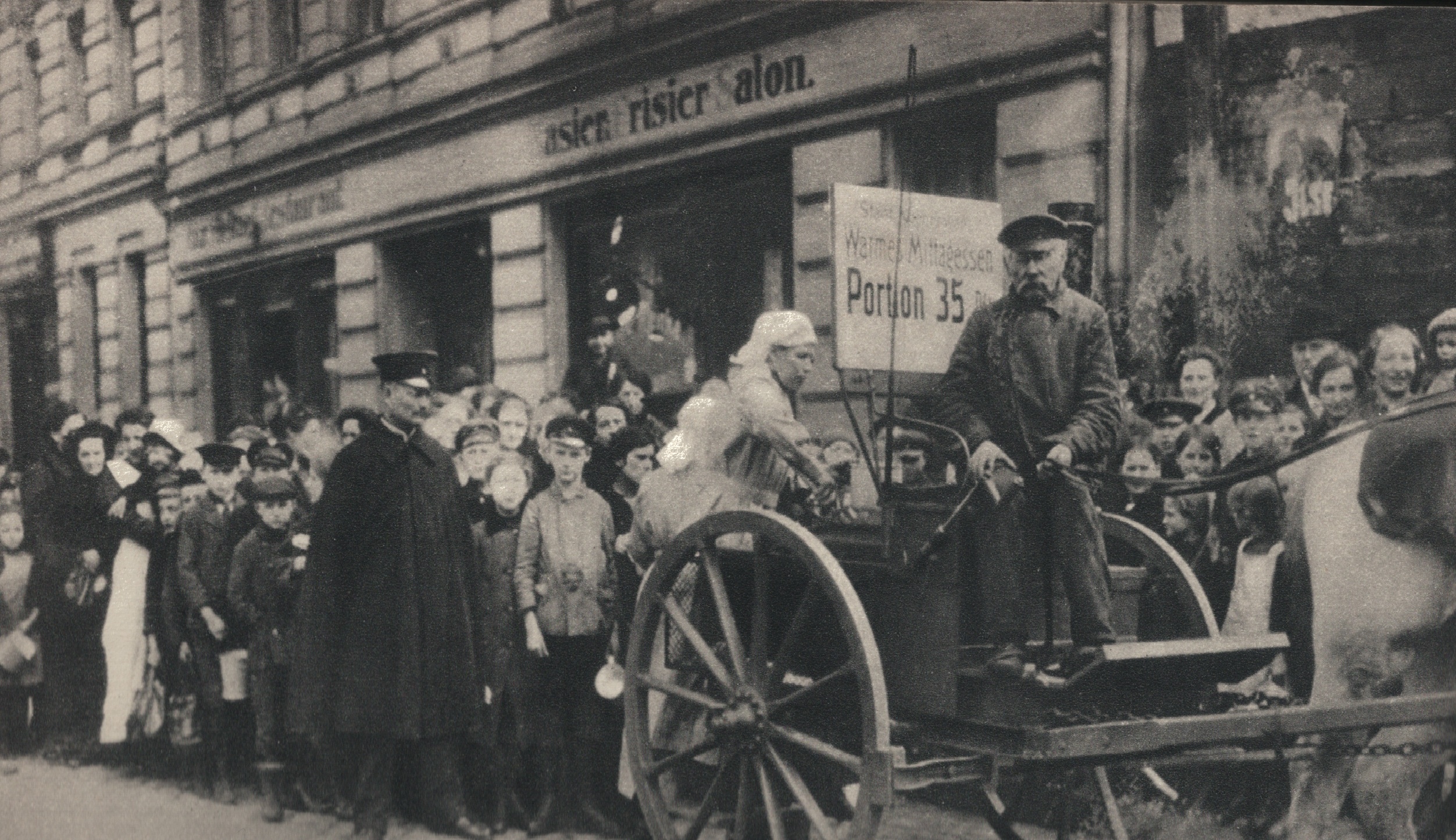







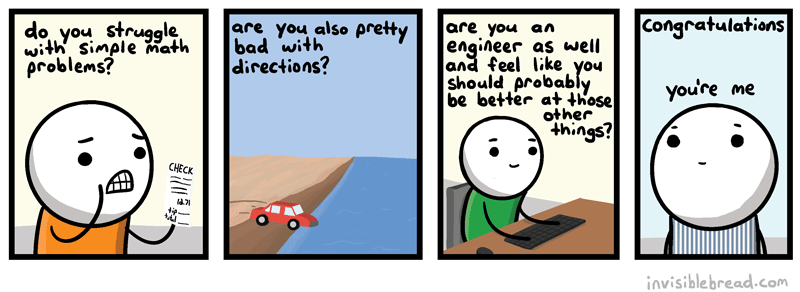


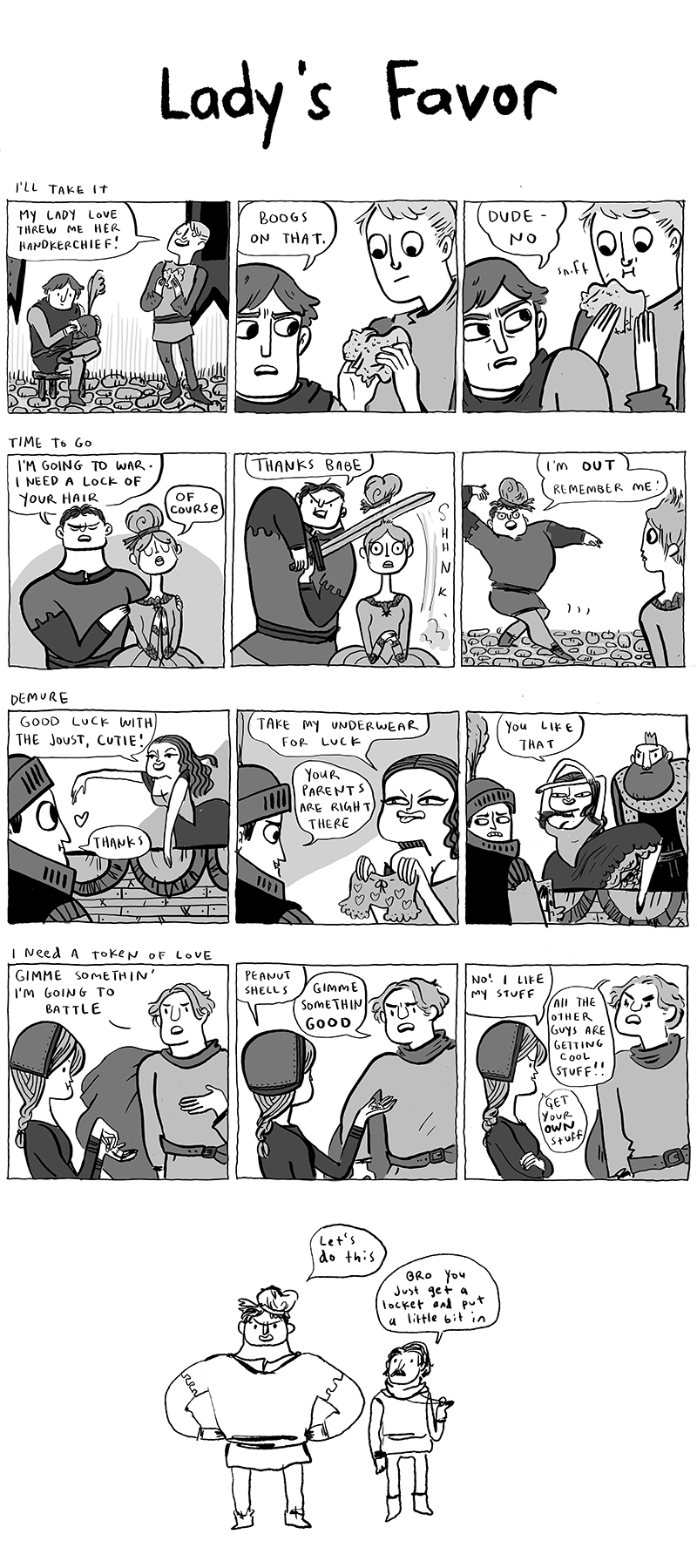









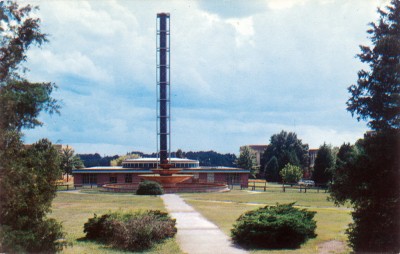
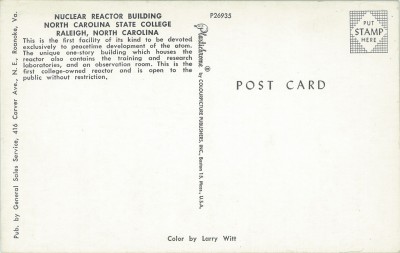

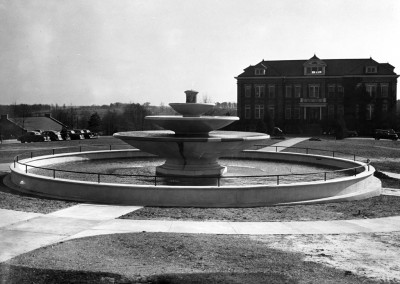










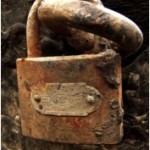
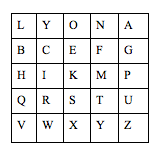

































 An
An 












